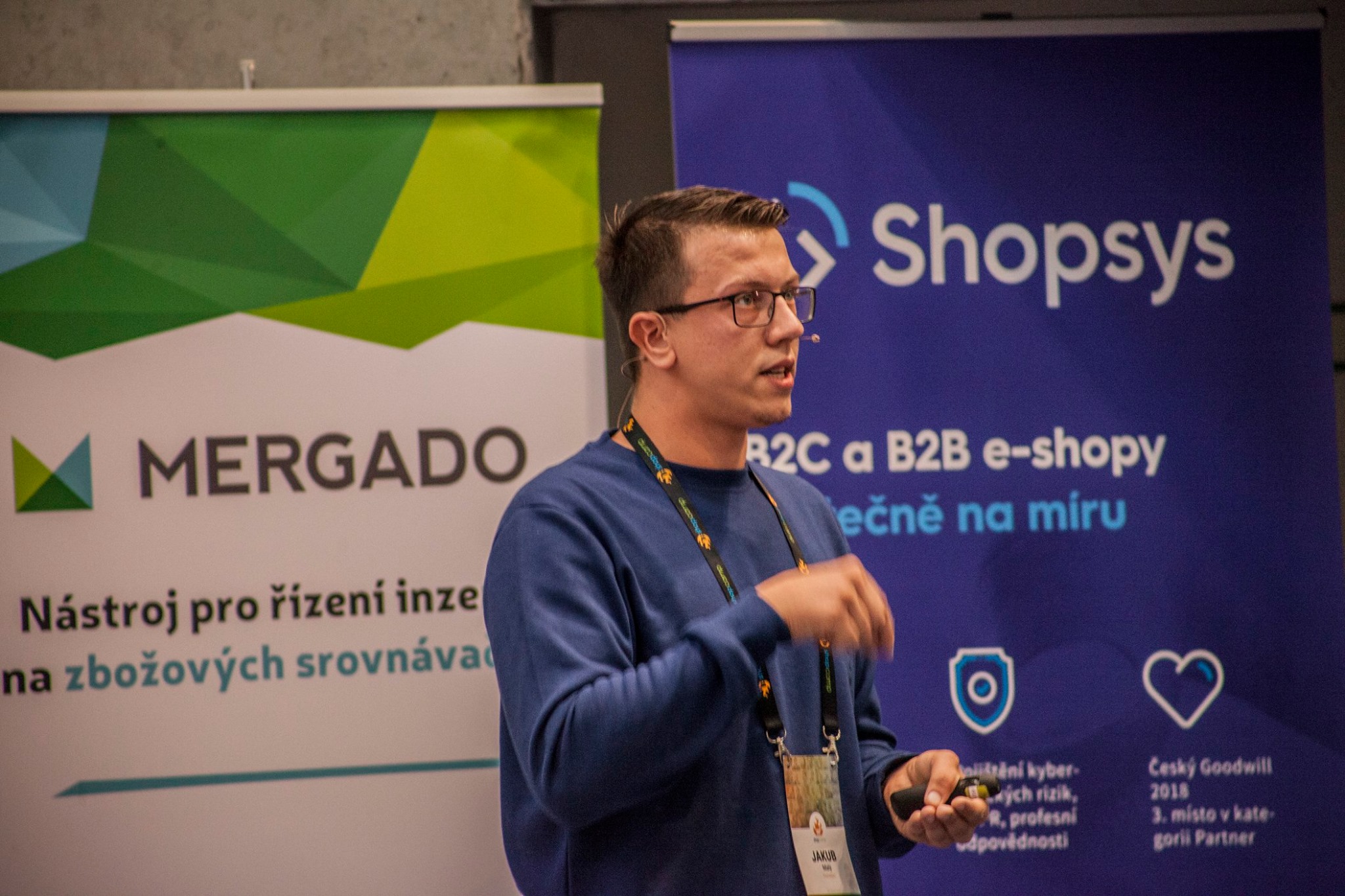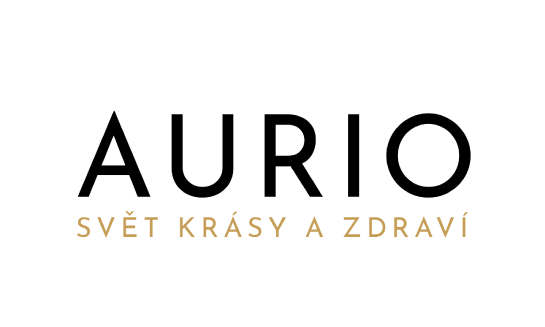
We were at Shopcamp
The Shop Camp Community Conference was again this year full of high-spirited lectures and workshops. 15 speakers took turns in two lecture halls and 12 workshops were prepared for those interested.
We are pleased to boast that one of these lectures was conducted by our colleague Jakub Malý, who introduced us to the concept of reactivation in e-mailing and showed how to do it in practice using a case study. But more on that later!
Let's first look together at a selection of the best that was heard at Shop Camp.
Adam Durčák, The Pink Elephant: Videos and reviews as a tool for building customer experience
Of course, sex shops are a specific area, but even if not everything can be applied to your business, a lot of good ideas flowed from the lecture. It was evident that the strategy is brilliantly thought out, it is not afraid to do things differently and it is definitely worth taking inspiration from this approach.
According to Adam Durčák, the owner and founder of the e-shop Růžový slon, the basis of the success of his e-shop consists of three pillars:
- functional technological solution
- very few discounts
- limited quantity of goods offered.
The technical solution was provided by building a tailor-made e-shop to meet the growing requirements. The Shopsys Framework was chosen as a platform that met all requirements (ready for growth and individual requirements, open-source and without vendor lock). The pink elephant was launched in a new form in mid-2019.
Great emphasis is placed on content (content marketing) mainly through user manuals as well as educational and inspirational videos, which are divided into "decent" a bit "spicier” and are only available to registered users. Equally important is work on high-quality and detailed product descriptions, including a large number of photos or the use of structured user reviews.
There has also been a shift from purely marketing (sales) messages in e-mailing to inspirational content and articles that are supposed to build a long-term positive relationship with customers.
All these changes and continuous improvements, according to Adam, ensure the continuous steady growth of increasing customer loyalty and popularity of the Pink Elephant.
Jakub Straka – CS: How to promote an e-shop in influencer videos on YouTube for a fortune
Jakub Straka introduced the term "reverse remarketing” on the example of the campaign for the new Kroon e-shop with designer backpacks, for which they won 2nd place in the Content & influencer marketing category in the Internet Effectiveness Awards 2019. With an investment of less than 100,000 crowns, the campaign brought the client a net profit of 735,000 within 3 months crowns.
In the beginning, the initial problem was that classic online marketing did not work because the target group (youth aged 9-20 years) did not know the brand and was not interested in it even though the price was set favorably. They did not want to give up, but it was necessary to change the strategy. They therefore chose marketing through the use of influencers on YouTube.
The first test was focused on PPC campaigns. They were based on data from users who have already purchased to get an overview of who is interested in backpacks. The second step was choosing an ugly banner to appeal only to people who already know the brand and not to attract the attention of those who click but will not be interested. The banner was deployed on Youtube. They then found out which channels had the most ads. The basic premise was that if many of these people who have already purchased the backpack (and clicked on the banner) follow a certain YouTuber with whom the ad was shown, then there will certainly be more similar followers who would be interested in purchasing, because they are from the same "target group" ”.
Based on this, a couple was selected from among the ten most relevant YouTubers, whom they approached with an offer of cooperation. Accounts that were too large were excluded for the possibility of cooperation, i.e. too expensive and assuming a less loyal base and too small to make sense.
When offering, it has been proven to go the route of offering a paid promo for the given video - win-win for both sides. It was important to choose in such a way that the advertisement does not have a targeted effect and ideally that the given influencer likes the brand and likes to promote it.
In his lecture, Jakub showed how important it is to know and find out how the target group thinks, to understand one's own product and its position on the market and to choose the best possible channel for promotion, while not spending a fortune but at the same time getting the product to as many people as possible. And we think it really worked.
Jakub Malý - Types of reactivation campaigns in practice
If we are embarking on a reactivation campaign, we should first define what our goal is. Ideally, it should be a combination of the desire to activate inactive users, clean the database of irrelevant contacts, and thus reduce mailing costs.
According to Jakub, the content of the reactivation campaign must make sense, because it is the last chance to address this group before it is subsequently removed from the contact database. It is necessary to pay attention to user segments, so feel free to use AB testing even during reactivation. It is a good idea to set the sender as a specific person, choose catchy email subject line (e.g. in the form of a question), state a discount in numbers not percentages, use CTA (call to action) button, use kinetic elements as countdown timer or gif, communicate advantages over competitors but also for example review (from Eureka).
The method also proved to be excellent multichannel reactivation, that is the use of other channels than e-mail, but for example chatbot or instastories.
The best part was the presentation of concrete results using a Case study, which Water Media did in cooperation with Trenýrkárna.
The goal was to reactivate almost 77,000 contacts from the database and force them to take action - ideally a purchase, but also opening an email, clicking through to the website. The entire campaign lasted three months and had three waves.
Users who have been in the database since 2014 and were classified into inactive sub-segments were selected
- no purchase in the last 400 days
- not opening emails in the last 400 days
- login date > 90 days
As a result, the campaign achieved an open rate of 10.8 %, a click rate of 3.4 %, 2,431 e-mails were returned and 575 users unsubscribed. There were 234 transactions. There were around 67,577 inactive users and 730 dead contacts. Based on the results, 8,371 active contacts (active with purchase, active without purchase and less active) were returned to the regular mailing list.
It was therefore a very successful campaign - in 3 months it was possible to reactivate more than 10 % of the then inactive client database.













